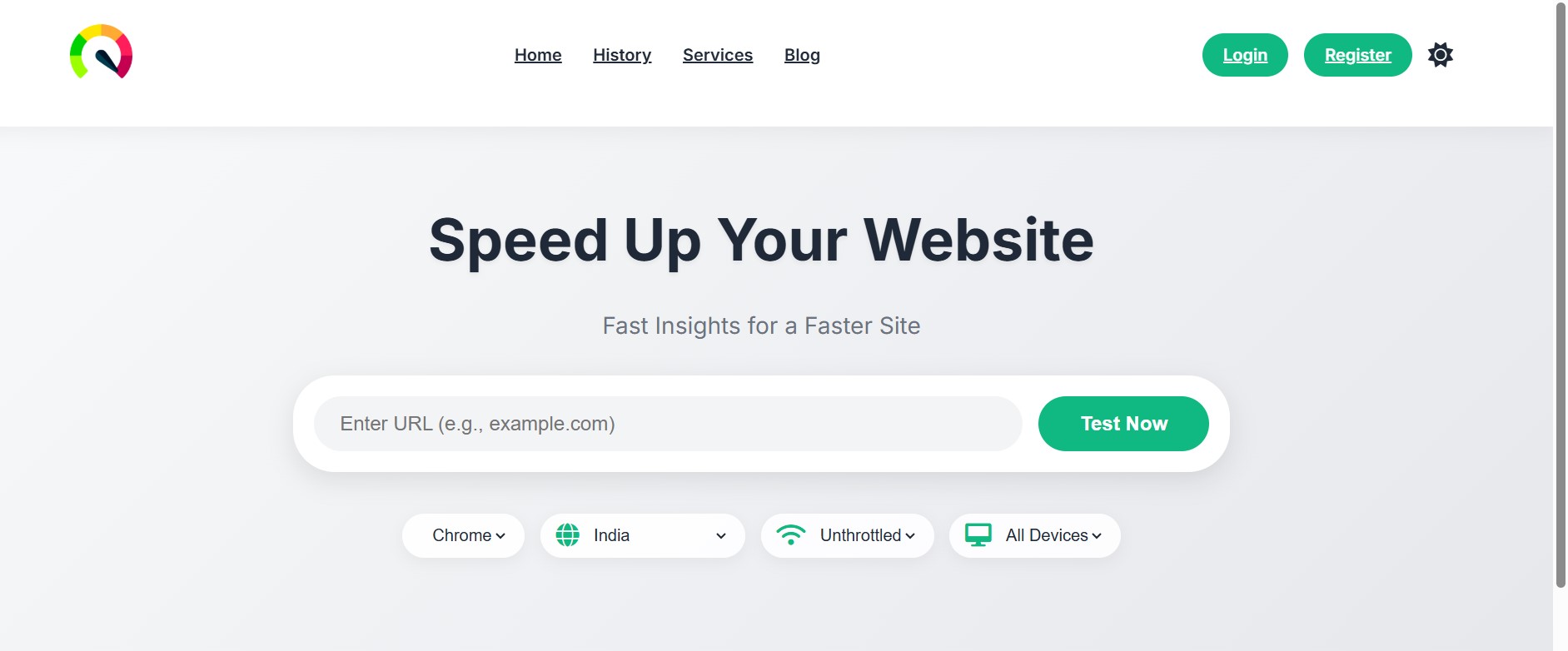What Is Web Performance?
Did you know that 53% of mobile users abandon a site that takes longer than 3 seconds to load?* In this guide, you’ll discover what “web performance” really means, why it’s crucial for your business, and how to make your pages load faster, feel smoother, and delight visitors.
1. Defining Web Performance
Web performance covers both the objective metrics (page load time, Time to Interactive, frames per second) and the perceived experience (how fast the page feels to your user). It answers questions like:
- How quickly do files download?
Factors: latency, file sizes, number of HTTP requests. - When can a visitor start interacting?
Measured byTime to Interactive. - Is scrolling and animation smooth?
Best practice: use CSS animations, minimize layout thrashing. - Does the site show helpful feedback?
Spinners, skeleton screens, or hints improve perceived performance.
loading="lazy" to images, the LCP dropped to 1.8s—cutting bounce rate by 25%.
2. Key Areas of Optimization
-
Reduce Load Time
• Minify & compress CSS/JS/images
• Bundle files and use HTTP/2 or CDN
• Preload critical resources -
Improve Time to Interactive
• Prioritize above‑the‑fold assets
• Defer non‑critical scripts
• ImplementrequestIdleCallbackfor heavy JS -
Smoothness & Interactivity
• Use CSS transitions over JS
• Avoid long tasks (>50ms) • Monitor FPS with Chrome DevTools -
Enhance Perceived Performance
• Show skeleton screens or spinners
• Provide progress hints (e.g. “Loading your dashboard…”) -
Continuous Measurement
• Track metrics like LCP, FCP, CLS via Lighthouse or Web Vitals • Set up synthetic & real‑user monitoring

Figure: Example Lighthouse report showing Core Web Vitals metrics.
3. Behind the Scenes: Browser Rendering
To optimize effectively, understand your browser’s critical rendering path:
- HTML Parsing: Blocks on external CSS/JS.
- Style & Layout: Builds the CSSOM + render tree.
- Paint & Composite: Draws pixels to the screen.
Learn more on MDN: Overview: Web Performance.
4. Tools You Can Use
- VibeSpeed – Free multi‑region performance tests
- PageSpeed Insights – Core Web Vitals audit
- Web.dev Measure – Lighthouse in your CLI
- IPChecker.Live – Diagnose hosting & CDN latency
5. Frequently Asked Questions
How long until I see improvements?
Depending on your changes and caching, you may see faster load times immediately, but real‑user metrics usually update within 24–48 hours.
What’s more important: FCP or LCP?
Both matter, but LCP (Largest Contentful Paint) is often the most critical for perceived speed.